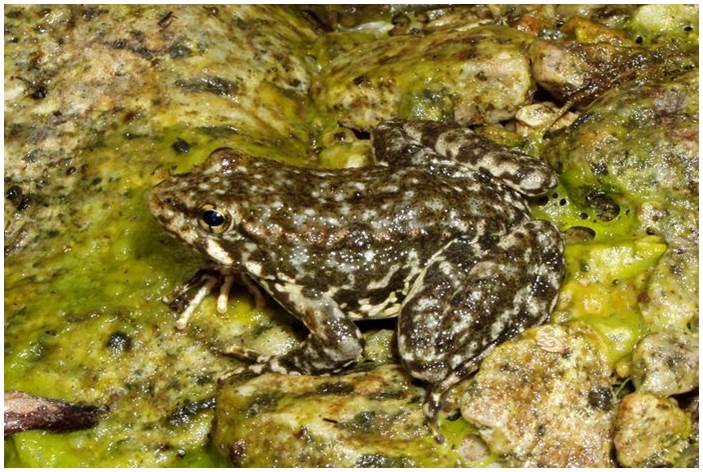The precarious persistence of the endangered Sierra Madre yellow-legged frog (Rana muscosa) in southern California
Abstract/Summary
We conducted surveys for the endangered Sierra Madre yellow-legged frog (Rana muscosa) throughout southern California to evaluate their current distribution and status. Surveys were conducted between 2000 and 2009 at 150 unique streams and lakes within the San Gabriel, San Bernardino, San Jacinto, and Palomar mountains of southern California. Of the 150 survey locations only nine small, geographically isolated, populations were detected across the four mountain ranges. The nine R. muscosa populations all tested positive for the amphibian chytrid fungus (Batrachochytrium dendrobatidis). Our data show that when R. muscosa is known to be present, it is highly detectable (89%) from a single visit during the frogs active season. We estimate there were only 166 adult frogs that remained in the wild in 2009. From our research, it appears that R. muscosa populations in southern California are extremely vulnerable to natural and stochastic events and may become extirpated in the near future without intervention.
Publication details
| Published Date: | 2013 |
| Outlet/Publisher: | Oryx - International Journal of Conservation (in press) |
| Media Format: |
ARMI Organizational Units:
Southwest, Southern California - BiologyTopics:
DiseaseFire
Invasive Species
Management
Monitoring and Population Ecology
Species and their Ecology
Stressors
Place Names:
Angeles National ForestCalifornia
San Bernardino National Forest
United States
Keywords:
amphibiansBd
chytrid fungus
Chytridiomycosis
detection
distribution
extinction
fire
fish
introduced species
management
occupancy
population
restoration
T&E
threatened species
trends

